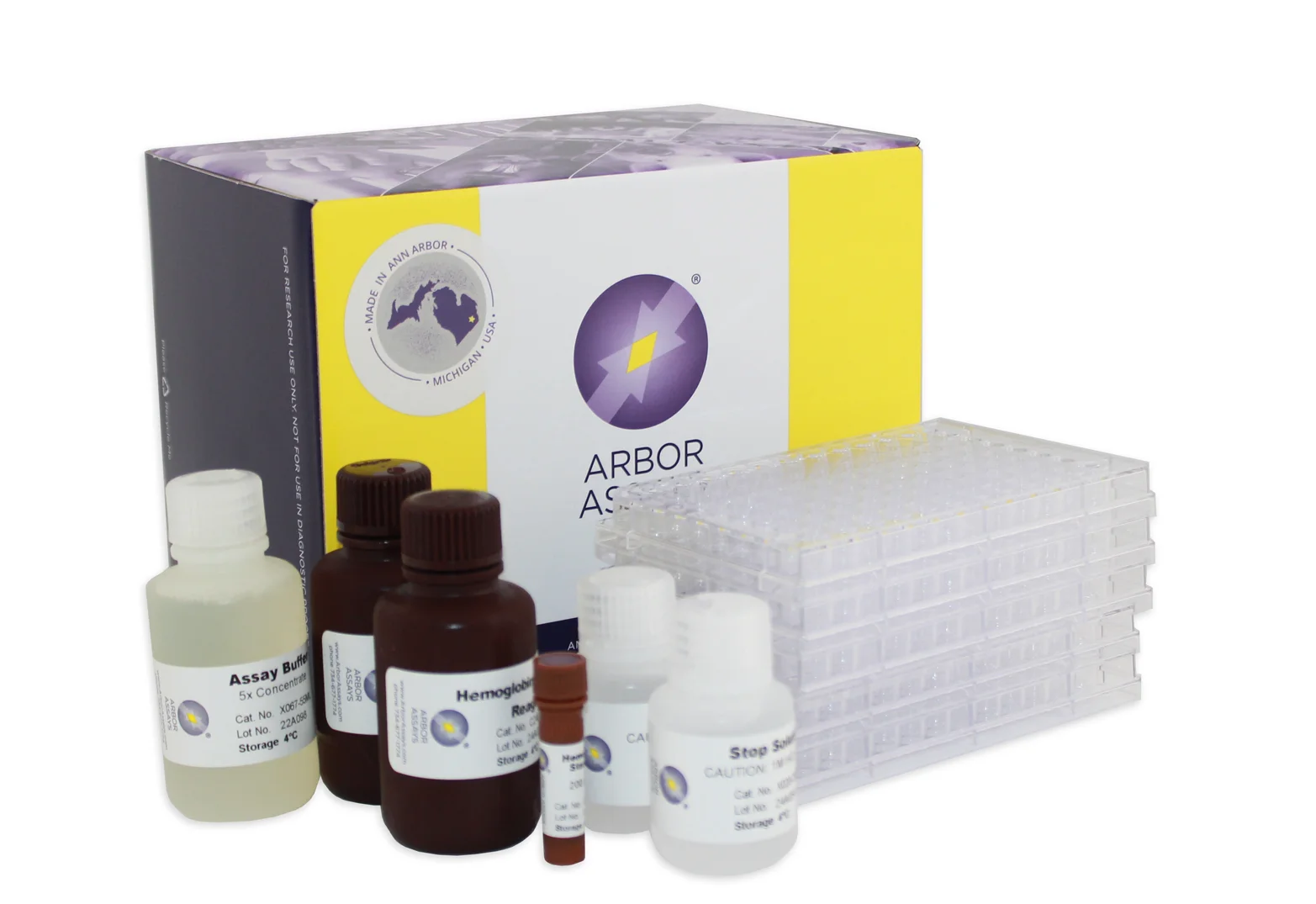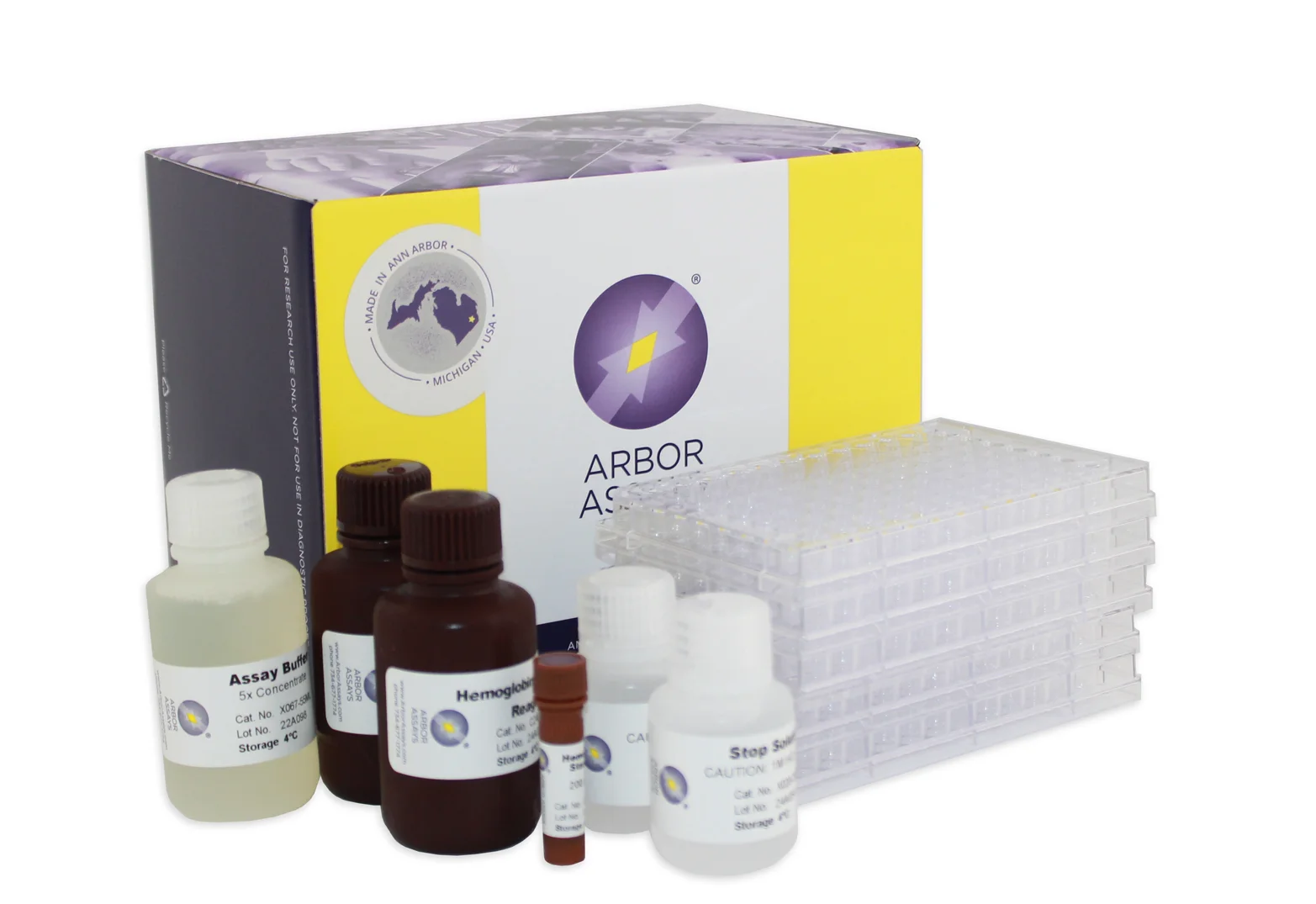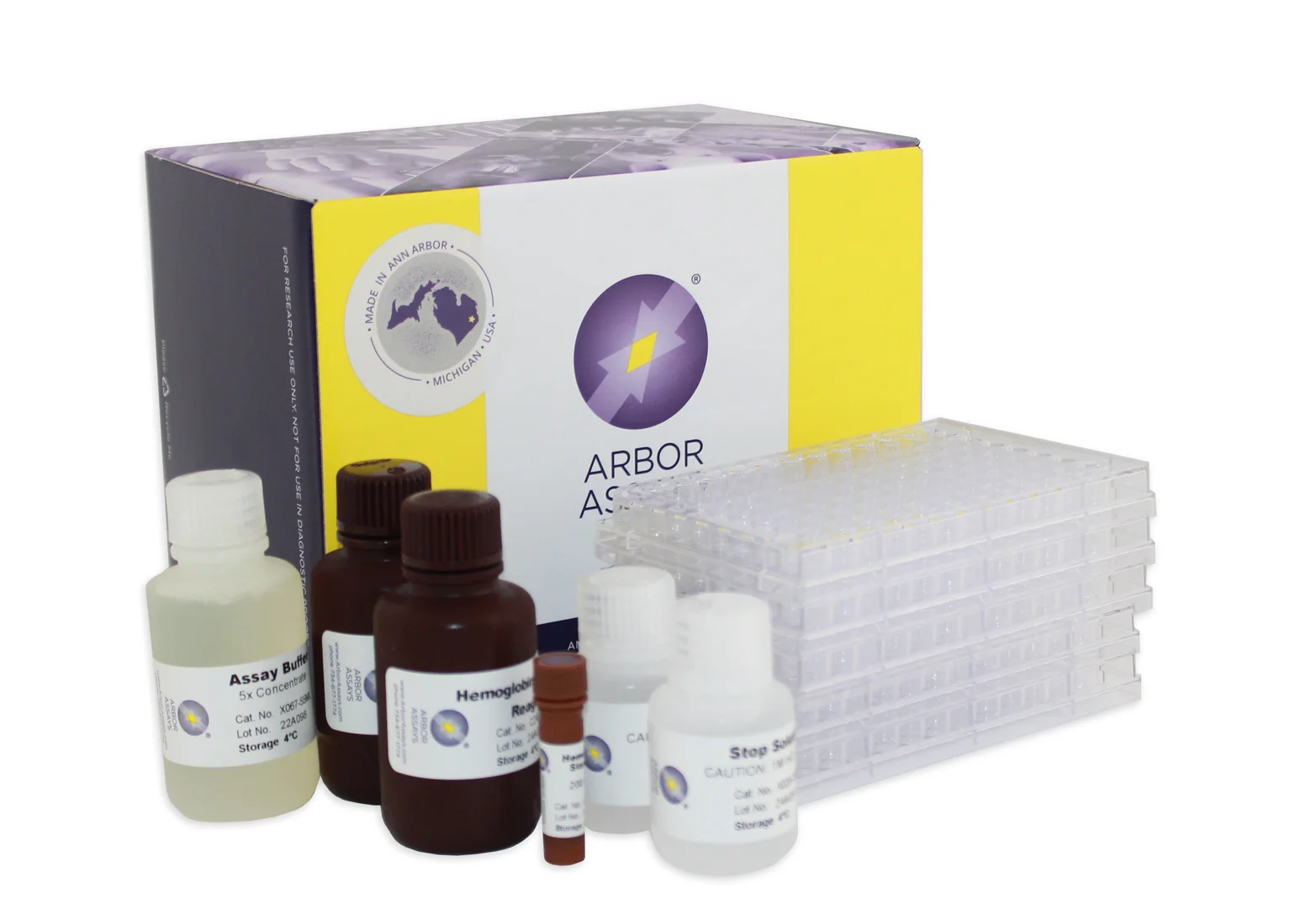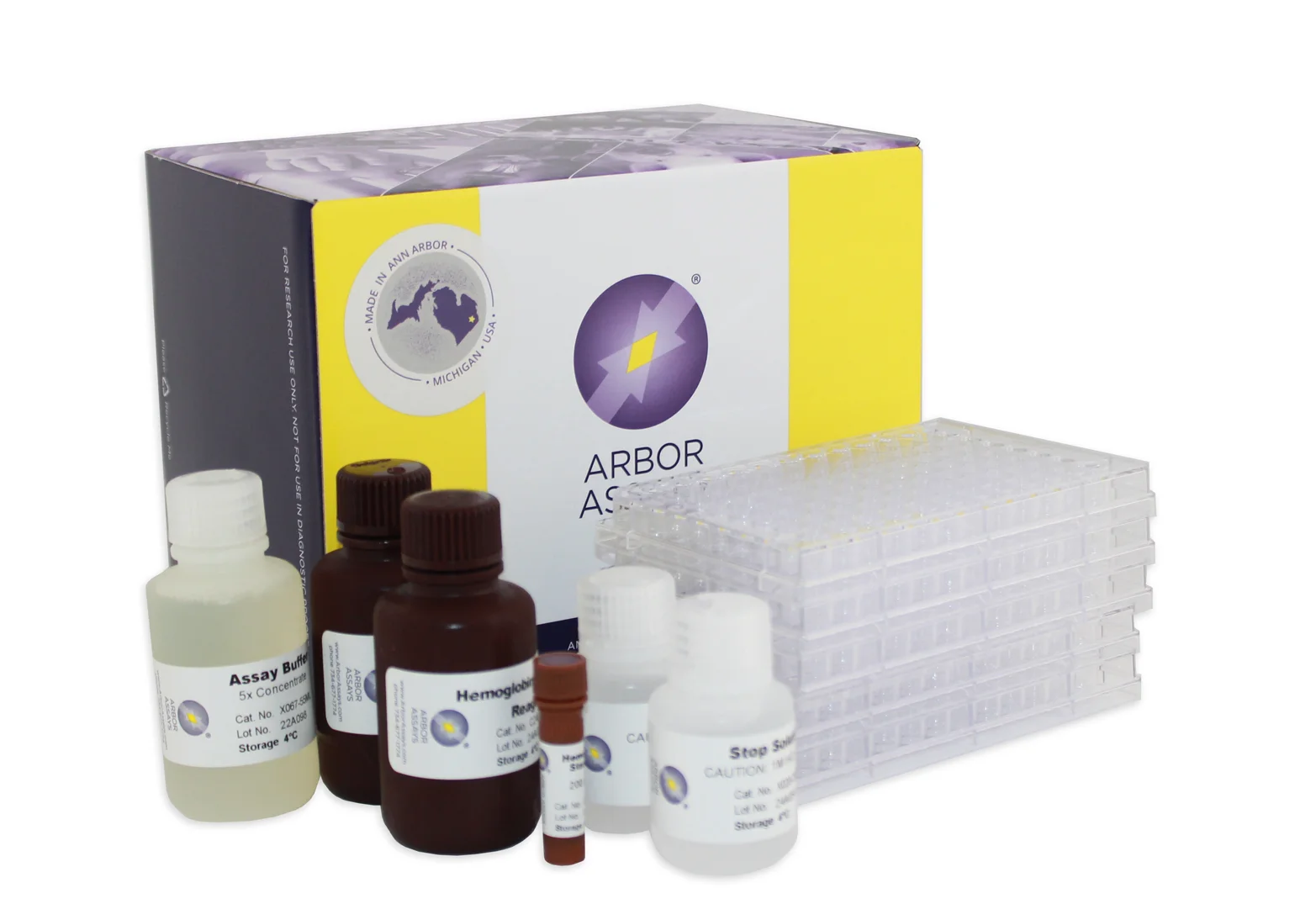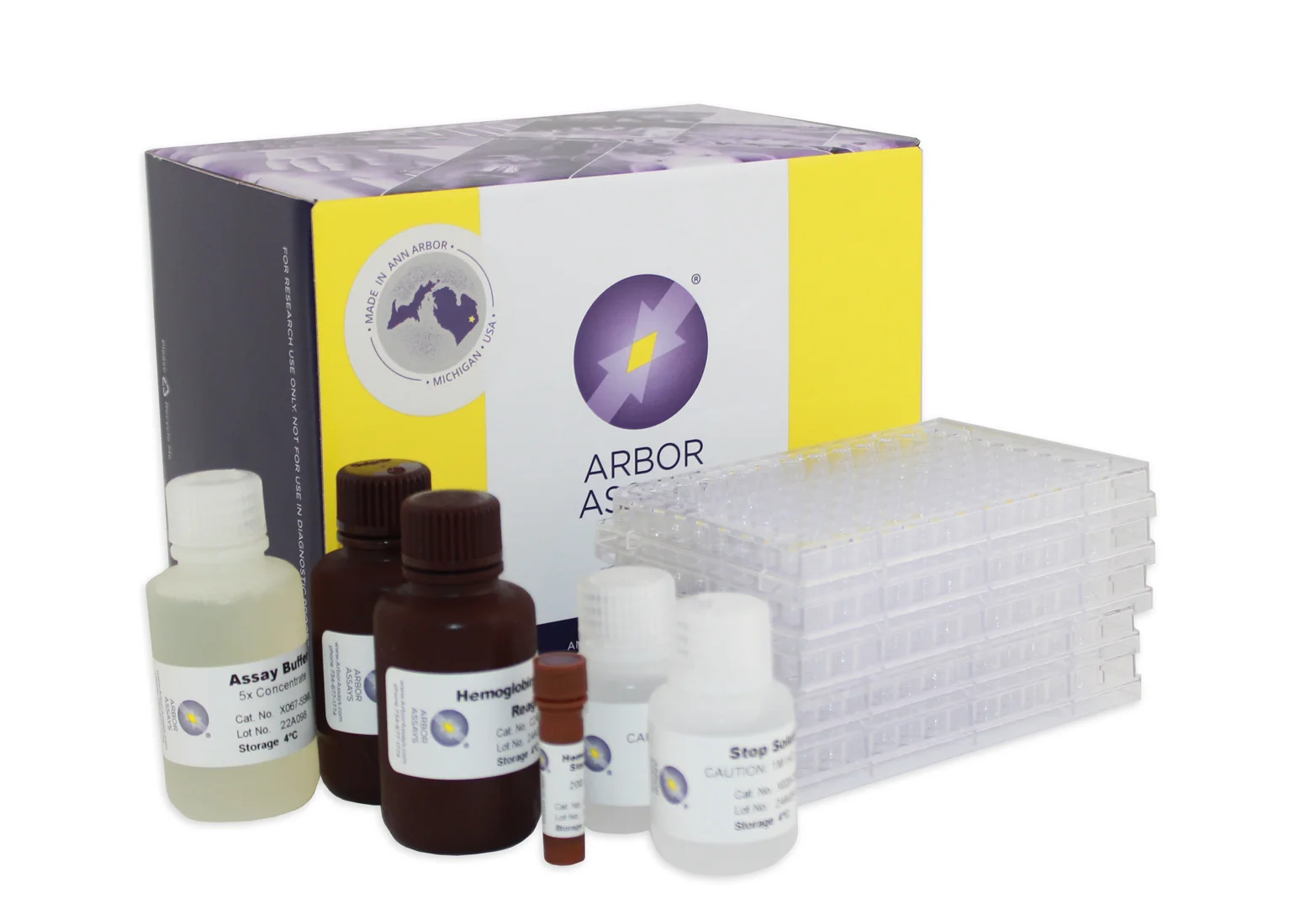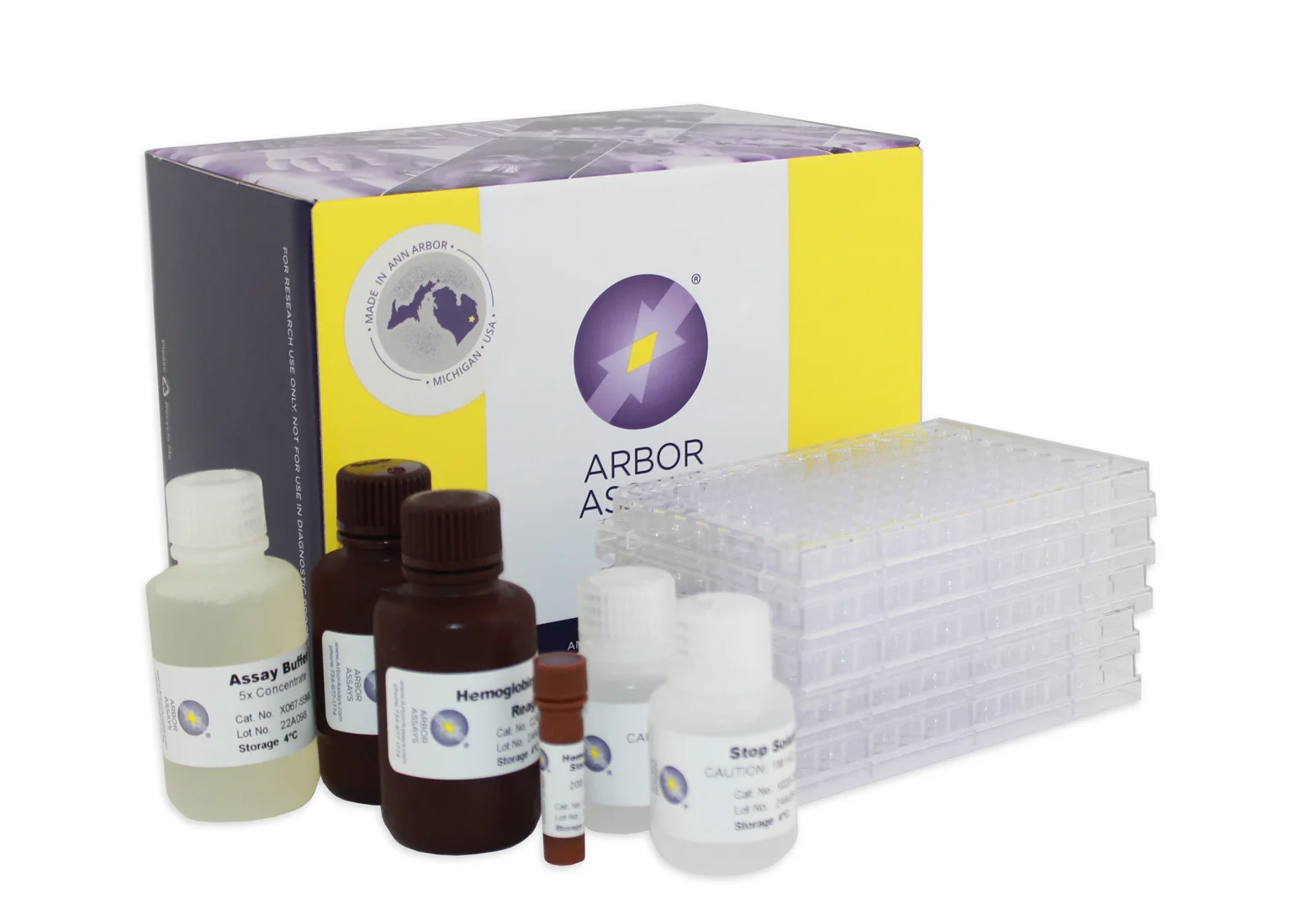Arbor Assays ELISA Kits
Arbor Assays ELISA Kits
Manufacturer: Arbor Assays
Estrone-3-glucuronide, C24H30O8, (1,3,5(10)-estratrien-3-ol-17-one glucosiduronate, E1G) is the principle secreted form of circulating estradiol in mammals. Ovulation is the critical event of each menstrual cycle that occurs during the reproductive life of healthy females and the ovum can only be fertilized during the short period of time in which it is viable.
Manufacturer: Arbor Assays
Estrone, C18H22O2, also known as E1 or osterone (3-hydroxy-1,3,5(10)-estratrien-17-one) is a C-18 steroid hormone. Estrone is one of the three naturally occurring estrogens, the others being estradiol and estriol1. Estrone is produced primarily from androstenedione originating from the gonads or the adrenal cortex and from estradiol by 17-hydroxysteroid dehydrogenase2.
Manufacturer: Arbor Assays
17β-Estradiol, C18H24O2, also known as E2 or oestradiol (1, 3, 5(10)-Estratrien-3, 17β-diol) is a key regulator of growth, differentiation, and function in a wide array of tissues, including the male and female reproductive tracts, mammary gland, brain, skeletal and cardiovascular systems. The predominant biological effects of E2 are mediated through two distinct intracellular receptors, ERa and ERβ, each encoded by unique genes possessing the functional domain characteristics of the steroid/thyroid hormone superfamily of nuclear receptors1.
Manufacturer: Arbor Assays
Epiandrosterone, or 3ß-androsterone, also known as 3ß-hydroxy-5a-androstan-17-one or 5α-androstan-3ß-ol17-one, is a steroid hormone with weak androgenic activity. It is a natural metabolite of dehydroepiandrosterone (DHEA) via the 5α-reductase enzyme. It was first isolated in 1931, by Adolf Friedrich Johann Butenandt and Kurt Tscherning. They distilled over 17,000 litres of male urine, from which they got 50 milligrams of crystalline androsterone (most likely mixed isomers), which was sufficient to determine the chemical formula.
Manufacturer: Arbor Assays
Endothelin-1 (ET-1), a peptide of 21 amino acid residues, is a pleiotropic molecule known for its action as a potent vasoconstrictor1 . ET-1 is one of a family of three proteins encoded by distinct genes that also includes Endothelin-2 (ET-2) and Endothelin-3 (ET-3)2, 3. ET-2 and ET-3 differ from ET-1 by 2 and 6 amino acids, respectively1, 2.
Manufacturer: Arbor Assays
Free radicals and other reactive species are constantly generated in vivo and cause oxidative damage to biomolecules, a process held in check only by the existence of multiple antioxidant and repair systems as well as the replacement of damaged nucleic acids, proteins and lipids. Intracellular free radical species (ROS) are produced as a result of normal metabolism and extracellular forms are produced as a result of ultraviolet radiation or ionizing radiation.
Manufacturer: Arbor Assays
Dehydroepiandrosterone sulfate, C19H28O5 S, (5-androsten-3ß, 16a-diol-17-one sulfate, DHEA-S) is the major C19 steroid secreted by the adrenal cortex, and is a precursor in testosterone and estrogen biosynthesis. It is produced by the addition of a sulfate group to dehydroepiandrosterone (DHEA), catalyzed by the sulfotransferase enzymes, SULT1A1 and SULT1E1, which also produce estrone sulfate from estrone. DHEA sulfate can also be back-converted to DHEA through the action of steroid sulfatase. DHEA-S has relatively low androgenic activity due to the 17-ketone group rather than hydroxyl group1 . However the bioactivity of DHEA-S may be high due to its high serum concentrations at 100-1,000-fold higher than testosterone or DHEA and its weak affinity for sex-hormone binding globulin2.
Manufacturer: Arbor Assays
Cystatin C is a non-glycosylated protein of low molecular weight (13kDa) in the cystatin superfamily. Cystatin C is produced at a constant rate in all nucleated cells, secreted from cells and thus found in detectable amounts in most body fluids1,2. Cystatin C belongs to the cysteine proteinase inhibitor group and is associated with several pathological conditions. Imbalance between Cystatin C and cysteine proteinases is associated with diseases such as inflammation, renal failure, cancer, Alzheimer’s disease multiple sclerosis and hereditary Cystatin C amyloid angiopathy1,3,4. Increased levels have been found in autoimmune diseases, with colorectal tumors and metastases, patients with inflammation and in patients on dialysis5,6,7. Cystatin C is removed from blood plasma by glomerular filtration in the kidneys.
Manufacturer: Arbor Assays
Guanosine 3’, 5’-cyclic monophosphate (cyclic GMP; cGMP) is a critical and multifunctional second messenger present at levels typically 10-100 fold lower than cAMP in most tissues. Intracellular cGMP is formed by the action of the enzyme guanylate cyclase on GTP and degraded through phosphodiesterase hydrolysis1-3. Guanylate cyclases (GC) are either soluble or membrane bound3,4. Soluble GCs are nitric oxide responsive, whereas membrane bound GCs respond to hormones such as acetylcholine, insulin and oxytocin. Other chemicals like serotonin and histamine also cause an increase in cGMP levels5,6. Cyclic GMP regulates cellular composition through cGMP-dependent kinase, cGMP dependent ion channels or transporters, and through its hydrolytic degradation by phosphodiesterase1,7.



